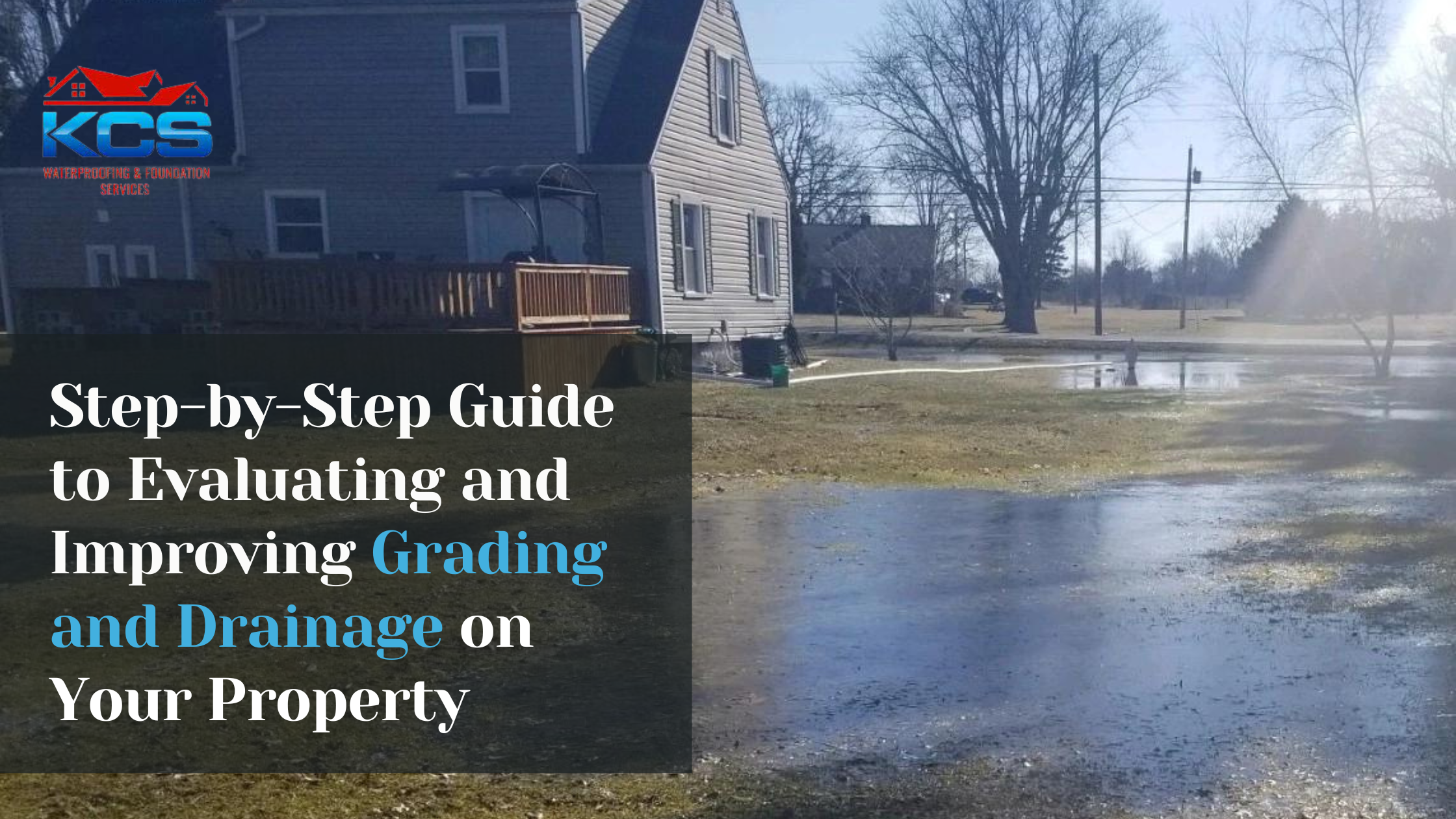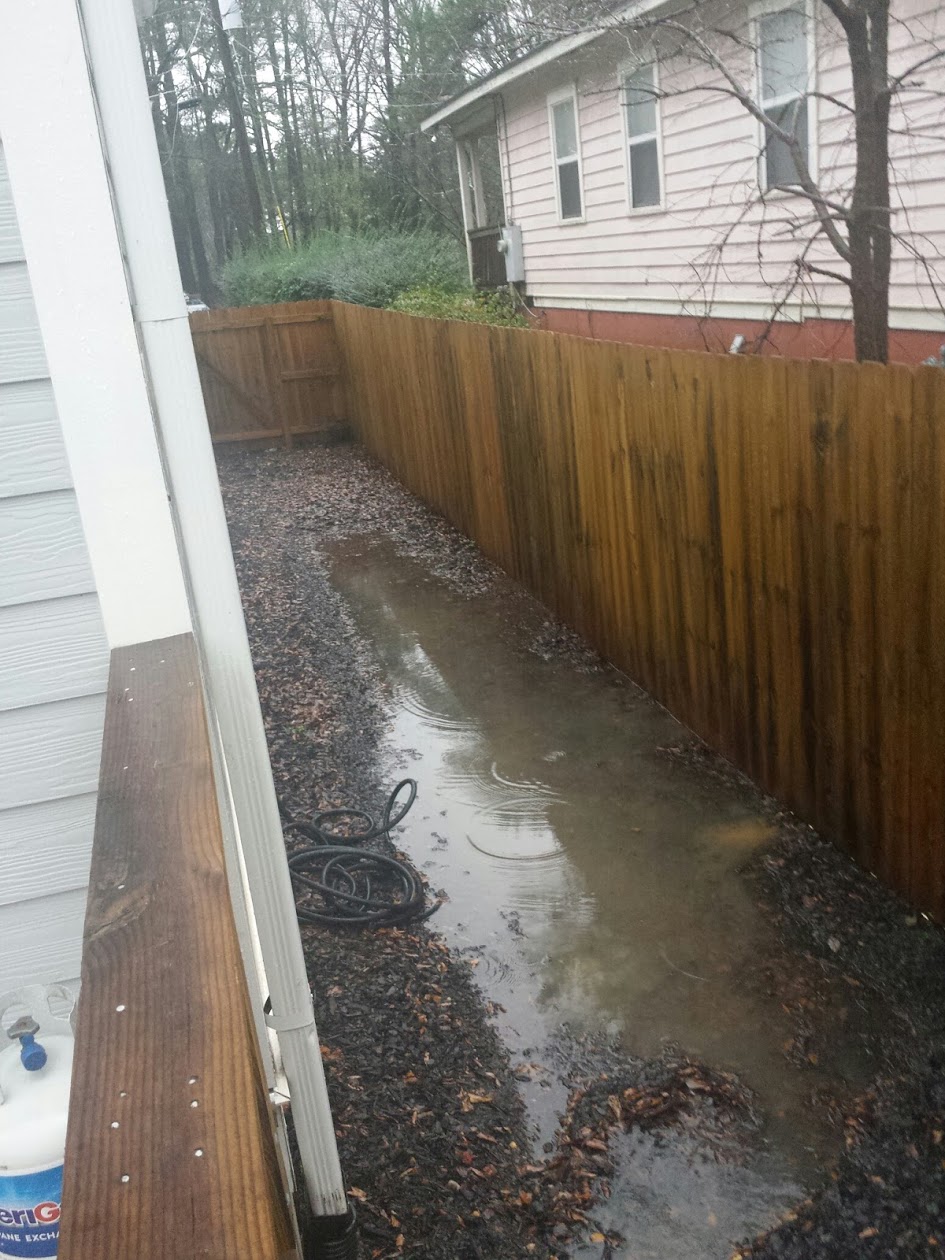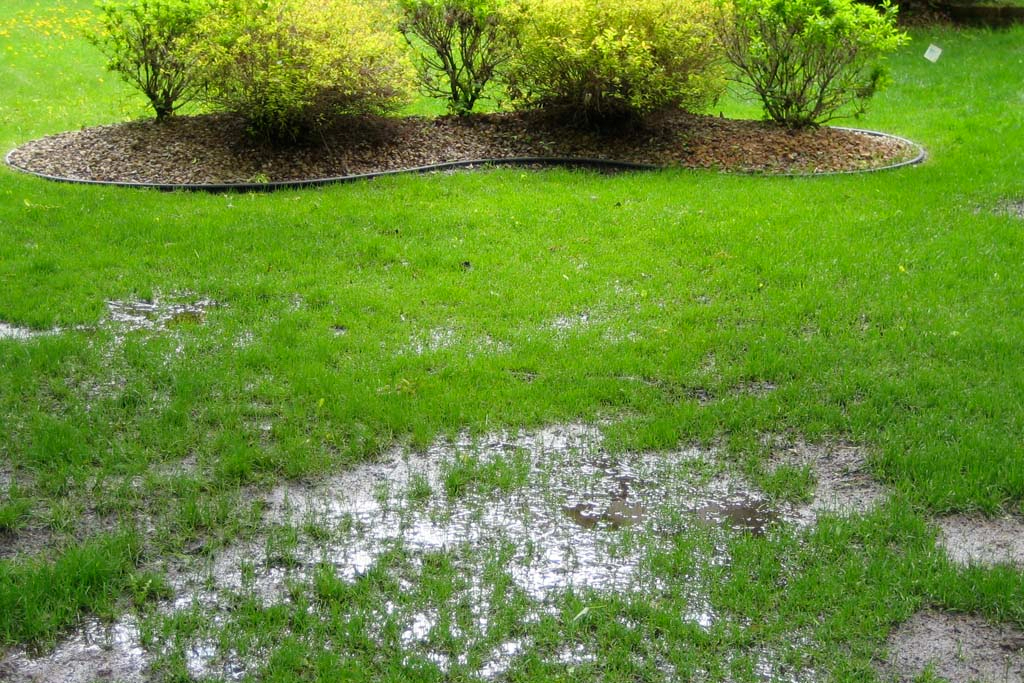Step-by-Step Guide to Evaluating and Improving Grading and Drainage on Your Property
Effective grading and drainage are essential elements of a well-maintained property. They play a vital role in preventing water damage, erosion, and potential flooding. Evaluating and improving the grading and drainage on your property can enhance its overall functionality and aesthetics. In this step-by-step guide, we will walk you through the process of evaluating your property’s grading and drainage and provide practical tips to help you make necessary improvements.
Step 1: Assess the Current Situation
The first step in evaluating your property’s grading and drainage is to assess the current situation. Take a comprehensive look at your property, paying close attention to areas prone to water accumulation, erosion, or poor drainage. Look for signs such as pooling water, soggy patches, or soil erosion. Identify the low points and high points on your property, as well as the natural flow of water during rainfall.
Step 2: Identify Problem Areas
Once you have assessed the overall situation, it’s important to identify the specific problem areas that require attention. This step involves a detailed examination of your property to pinpoint areas where grading and drainage issues are evident.
Look for signs such as pooling water, dampness, or areas of standing water after rainfall. These are indications of poor drainage and potential water damage to your foundation. Additionally, inspect the slopes on your property for excessive steepness, as this can contribute to erosion and soil instability.
Take note of any cracks in the foundation or uneven settling of the ground, as these are signs of potential foundation problems that may require the use of piers.
By identifying problem areas, you can prioritize your efforts and focus on the specific locations that need improvement. This step will also help you determine the appropriate solutions and techniques to implement during the grading and drainage improvement process.
Remember to document the problem areas through photographs or notes, as this will provide a visual reference as you proceed with the evaluation and improvement stages. Taking the time to accurately identify the problem areas will ensure that you’re grading and drainage efforts target the right areas, leading to effective and lasting solutions.
Step 3: Determine the Cause
Understanding the underlying causes of your grading and drainage issues is crucial for effective improvement. Several factors can contribute to poor grading and drainage, such as improper slope, inadequate drainage systems, or soil composition. Take the time to analyze the causes behind each problem area, as this will guide your remedial actions.
Step 4: Develop a Plan
With a clear understanding of the problem areas and their causes, develop a comprehensive plan to address the grading and drainage issues. Your plan may involve a combination of techniques such as regrading, installing drainage systems, or implementing erosion control measures. Consider factors like budget, timeline, and the assistance of professionals if needed.
Step 5: Implement the Improvements
Once you have your plan in place, it’s time to start implementing the necessary improvements. Start with the most critical problem areas, focusing on one area at a time. Follow the recommended techniques and guidelines for each improvement, ensuring proper grading, drainage, and erosion control measures are put in place.
Step 6: Monitor and Adjust
After implementing the improvements, it’s crucial to monitor the effectiveness of the changes. Observe how water flows, check for any signs of water accumulation, and assess the overall performance of your grading and drainage system. If necessary, make adjustments to ensure optimal functionality.
Step 7: Regular Maintenance
Maintaining your grading and drainage system is essential for long-term effectiveness. Regularly inspect your property for any signs of deterioration or new problem areas. Clean out debris from drainage systems, remove any vegetation that may obstruct water flow, and address minor issues promptly to prevent larger problems down the line.
Step 8: When to Call a Professional
While many grading and drainage improvements can be tackled by homeowners, there are instances when it is best to seek the expertise of a professional. Consider calling a professional if:
Complex Grading Issues
If your property has complex grading issues, such as significant slope alterations or extensive soil erosion, it is wise to consult with a grading and drainage specialist. They have the knowledge and equipment to handle intricate grading situations effectively.
Extensive Drainage Problems:
If you are experiencing persistent or severe drainage problems that cannot be resolved with simple solutions like regrading or installing basic drainage systems, it is advisable to seek professional assistance. They can assess the situation, provide expert recommendations, and implement advanced drainage solutions.
Regulatory Compliance
In cases where grading and drainage regulations and permits are required, it is essential to involve a professional. They are well-versed in local building codes and can ensure your improvements meet the necessary requirements and obtain the appropriate permits.
Safety Concerns
If you notice signs of significant water damage, foundation issues, or compromised structural integrity, it is crucial to prioritize safety and call a professional immediately. They will assess the situation, address any underlying problems, and ensure the safety and stability of your property.
Remember, the expertise of a professional can save you time, money, and potential headaches in the long run. If you encounter complex issues, extensive problems, regulatory requirements, or safety concerns, do not hesitate to seek the assistance of a qualified grading and drainage professional.
Conclusion
Knowing when to call a professional is an important aspect of evaluating and improving grading and drainage on your property. While many tasks can be accomplished by homeowners, complex issues, extensive problems, regulatory compliance, and safety concerns should prompt you to seek the expertise of a professional. Their knowledge and experience can ensure effective solutions and peace of mind.
Evaluating and improving the grading and drainage on your property is a crucial investment that can protect your property from water damage, erosion, and potential flooding. By following this step-by-step guide, you can assess problem areas, develop a plan, and implement effective improvements. Remember to monitor the effectiveness of your changes and perform regular maintenance to ensure your grading and drainage system remains in optimal condition. With these efforts, you can enjoy a well-drained and functional property for years to come.
By following the steps outlined in this guide, property owners can evaluate their grading and drainage issues and implement effective improvements. If you are looking for a grading and drainage professional, Contact our team today.


